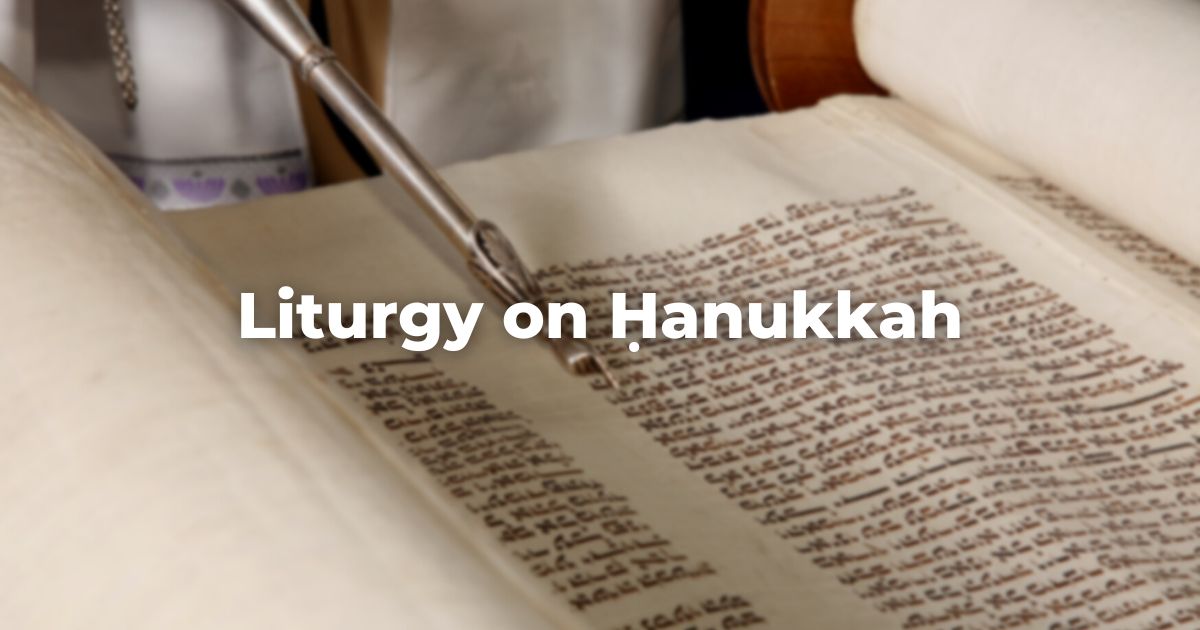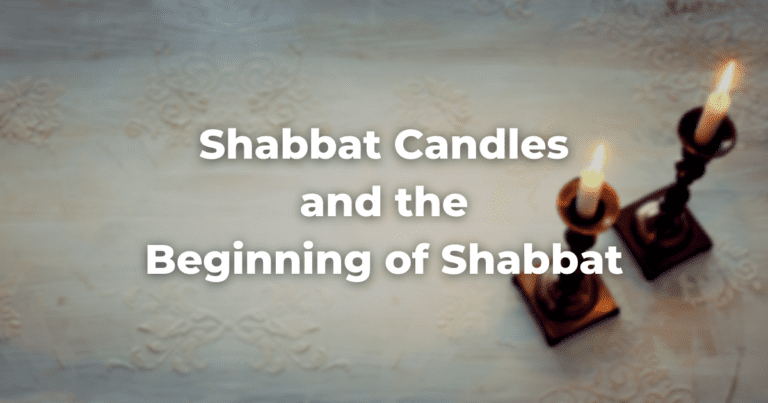What Prayers Are Used?
During Hanukkah, a special prayer, called Al Ha-nissim (after its first words), is interpolated into both the penultimate blessing of the Amidah and the Grace after Meals.
Also, the complete Hallel Service is recited every morning just after the repetition of the Amidah.
Except on Shabbat and on the day or days of Rosh Ḥodesh, there is no Musaf Service on Ḥanukkah.
Lighting the Menorah in Synagogue
It is customary to light the menorah in synagogue just before the Evening Service and to recite the appropriate blessings.
It is also customary to light the menorah in synagogue before the Morning Service, but without saying the blessings. This is not intended as the performance of the specific mitzvah to kindle lights at Ḥanukkah (which must be done in the evening), but merely to publicize the festival and to proclaim a community’s faith in the miracle story that rests at its center.
Torah Readings
The Torah is read each day of Ḥanukkah.
Three individuals are called forward for aliyot; the reading, taken from the Book of Numbers 7, details the gifts the princes of Israel donated to the Tabernacle when it was inaugurated for use.
The reading for each day follows the Torah’s description of the twelve days of the Tabernacle’s dedication (with the passage detailing the last five of the twelve days, ending at Numbers 8:4, read on the eighth day of the holiday).
The sixth day of Ḥanukkah is always Rosh Ḥodesh, the beginning of the new month of Tevet, and so two scrolls are always removed from the Ark.
Three people are called forward for aliyot as a passage about Rosh Ḥodesh is read from the first scroll, then a fourth individual is called up for an aliyah as a passage about Ḥanukkah is read from the second scroll.
In some years, however, Rosh Ḥodesh is observed for two days and so the sixth and seventh days of Ḥanukkah are both days of Rosh Ḥodesh.
In years in which the seventh day of Ḥanukkah is the second day of Rosh Ḥodesh, the TorahRefers to the first five books of the Hebrew Bible, the Tanakh, also called the Five Books of Moses, Pentateuch or the Hebrew equivalent, Humash. This is also called the Written Torah. The term may also refer to teachings that expound on Jewish tradition. reading procedure (with the exception of the specific passage read as the fourth aliyah) is the same for both days.
Depending on the year, one or two Shabbatot will fall during Ḥanukkah.
On such days, two scrolls are taken from the Ark.
The portion for the week is read from the first scroll and the maftir reading, in honor of Ḥanukkah, is read from the second.
The haftarah is Zechariah 2:14–4:7, which contains not only a reference to the menorah but also the verse: “Not by might, nor by power, but by My spirit, says the Eternal One of Hosts,” which can serve as an appropriate motto for the entire holiday.
In years in which there are two Shabbatot during Ḥanukkah, the haftarah for the second Shabbat is 1 Kings 7:40–50, which also deals with the Temple.
If Rosh Ḥodesh and Shabbat fall on the same day of Ḥanukkah, then three scrolls of the Torah are removed from the Ark. This happens only rarely.
In such a case, the weekly portion is divided into six aliyot, which are read from from the first scroll, the Rosh Ḥodesh portion is read from the second scroll as the seventh aliyah, and then the Ḥanukkah portion is read from the third as the maftir.
The haftarah on such a Shabbat is Zechariah 2:14-4:7.
Adapted with permission from The Observant Life.
(Hanukkah has many spellings and is also spelled Chanukah or Hanuka.)
Authors
-

-



The Observant Life: The Wisdom of Conservative Judaism for Contemporary Jews distills a century of thoughtful inquiry into the most profound of all Jewish questions: how to suffuse life with timeless values, how to remain loyal to the covenant that binds the Jewish people and the God of Israel, and how to embrace the law while retaining an abiding sense of fidelity to one’s own moral path in life. Written in a multiplicity of voices inspired by a common vision, the authors of The Observant Life explain what it means in the ultimate sense to live a Jewish life, and to live it honestly, morally, and purposefully. The work is a comprehensive guide to life in the 21st Century. Chapters on Jewish rituals including prayer, holiday, life cycle events and Jewish ethics such as citizenship, slander, taxes, wills, the courts, the work place and so much more.
View all posts





